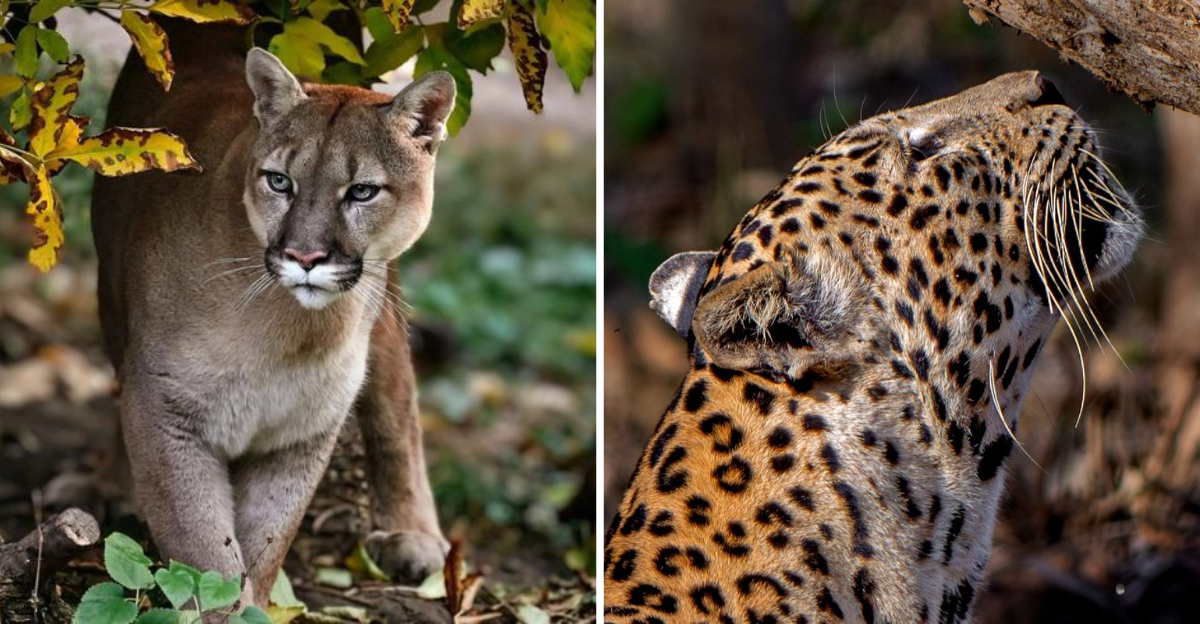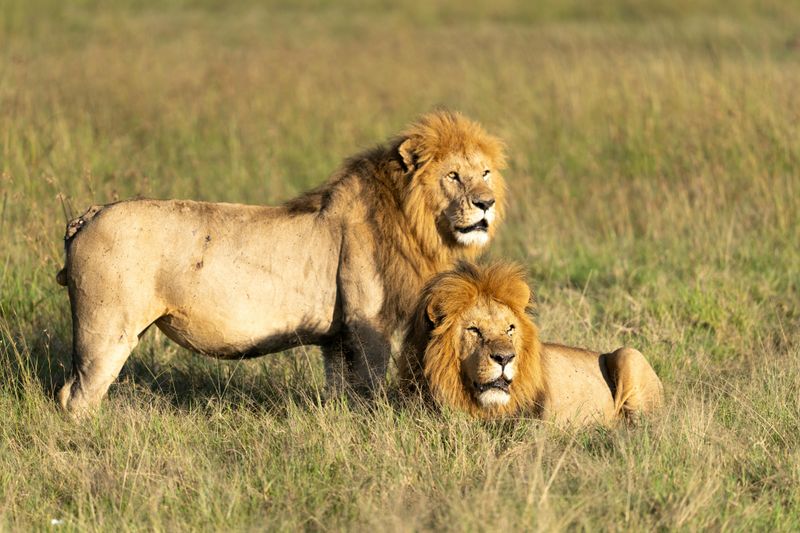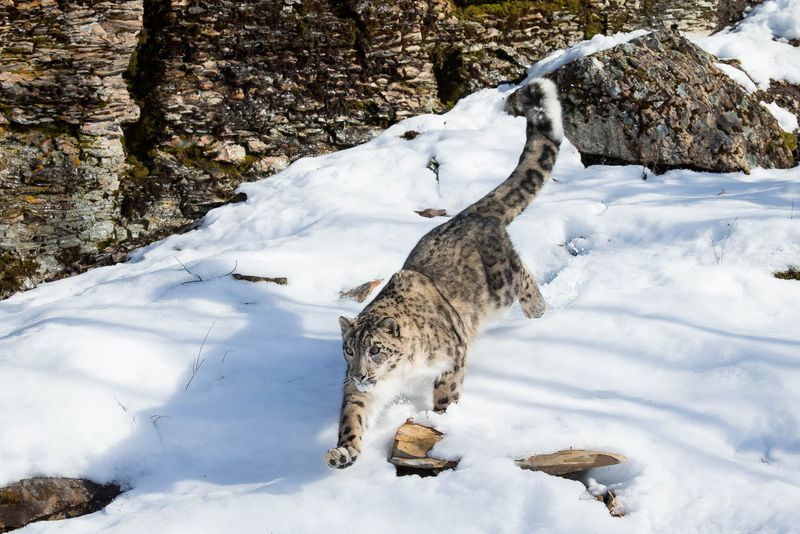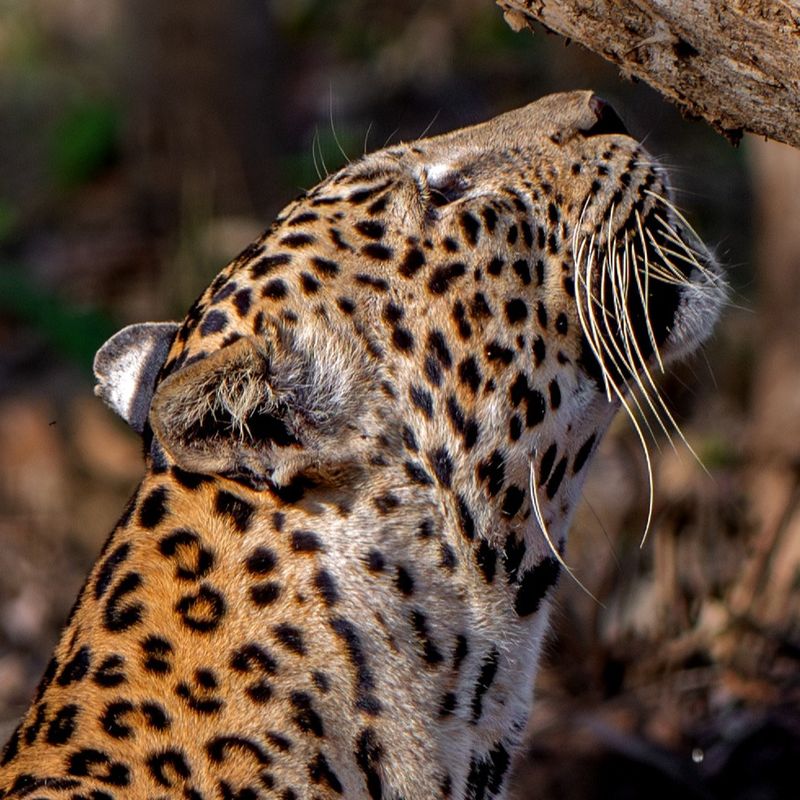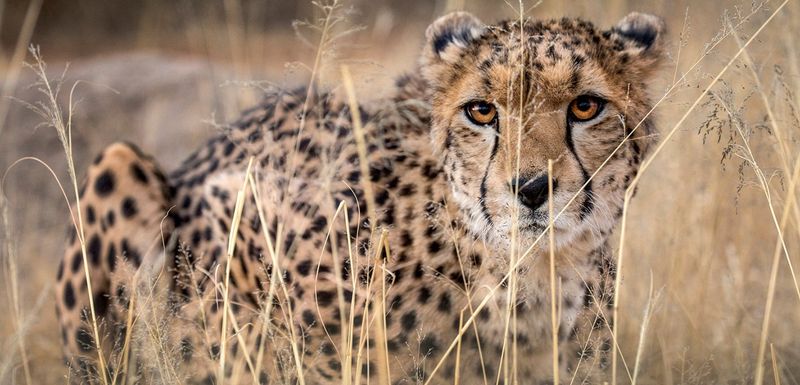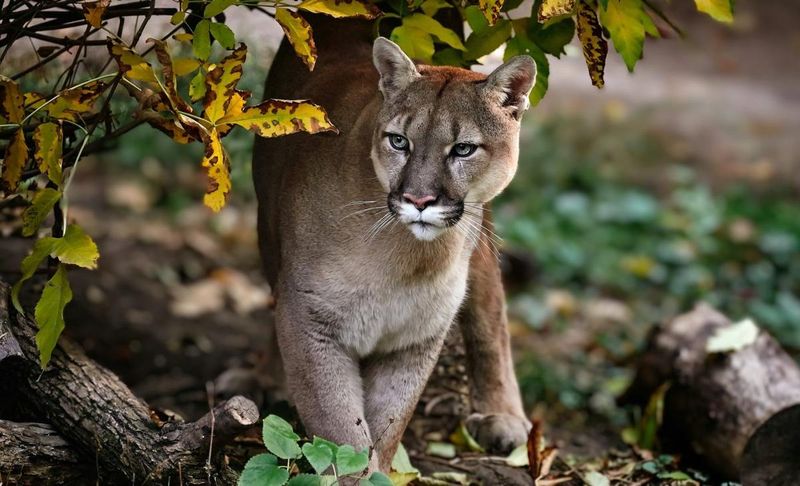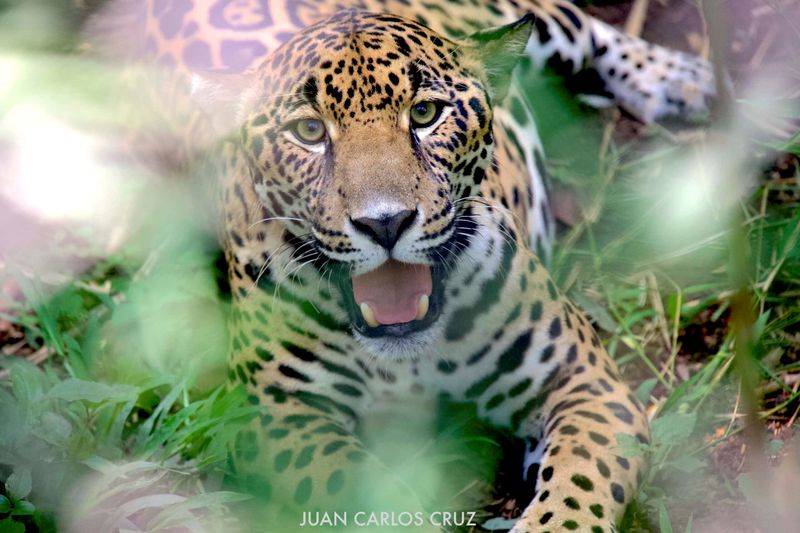📖 Table of Content:
Big cats possess an extraordinary sense of smell that plays a crucial role in their hunting strategies and survival. This olfactory prowess enables them to detect and track prey over considerable distances, often spanning several miles. Lions, tigers, leopards, and snow leopards utilize their advanced olfactory systems to navigate their environments, locate prey, and communicate within their territories. Their heightened sense of smell is not only vital for hunting but also for social interactions and territorial marking, making these majestic predators highly effective in their respective habitats.
1. Lions
Lions have an exceptionally keen sense of smell. Imagine a lion, standing proud in the savanna, its nose twitching to detect the scent of prey miles away. This olfactory ability allows it to pinpoint distant herds or identify weakened animals. Lions also rely on their sense of smell for marking territory and communicating within their pride. This intricate olfactory communication plays a pivotal role in maintaining social structures and ensuring survival in the wild. Indeed, the lion’s nose is as powerful a weapon as its claws and teeth.
2. Snow Leopards
Amidst the snowy peaks, snow leopards rely on their remarkable sense of smell. Imagine these elusive creatures in the mountains, detecting prey despite limited visual cues. Their acute olfactory senses allow them to plan energy-efficient hunts in challenging environments. Snow leopards can identify prey like bharal and ibex from several miles away, ensuring successful hunts. This skill compensates for their solitary nature, making them adept survivors in harsh terrains. Their olfactory prowess is essential for navigating dense fog and snowy landscapes, turning the snow leopard into a true mountain ghost.
3. Tigers
In the dense forests, a tiger’s sense of smell becomes its guiding light. Consider a Bengal tiger stealthily moving through foliage, nose to the ground, tracing the scent of its quarry. This olfactory skill not only aids in hunting but also in communication. Tigers use scent marking to define territory and signal to rivals and potential mates. Their ability to detect scents from afar allows them to conduct strategic ambushes, making them formidable hunters. The scent of prey is as vital as the vibrant stripes that camouflage these magnificent cats.
4. Leopards
Leopards, with their versatile olfactory systems, are masters of stealth. Picture a leopard perched high in a tree, nose twitching as it detects the scent of prey below. This heightened sense enables them to recognize various scents, crucial for hunting and avoiding threats. Leopards often target medium-sized prey, using their keen noses to stalk silently and attack from elevated positions. Their olfactory skills allow them to thrive in diverse habitats, from savannas to rainforests. Truly, a leopard’s nose is as sharp as its claws, guiding it through the wilderness.
5. Cheetahs
Known for their speed, also possess a keen sense of smell. Envision a cheetah on the African plains, its nose leading it to distant prey. While speed is their hallmark, their olfactory capabilities are equally crucial for survival. Cheetahs rely on scent to identify the presence of prey and competitors. This ability allows them to make strategic decisions, optimizing their energy during hunts. As they sprint towards their target, the scent of the hunt is as exhilarating as the chase itself, showcasing the cheetah’s multifaceted hunting prowess.
6. Cougars
In North America’s wilderness, cougars utilize their sense of smell with remarkable precision. Visualize a cougar navigating rugged forests, sniffing the air for signs of prey. This olfactory talent is vital for hunting in diverse terrains. Cougars can detect scents over long distances, enabling them to track and ambush prey effectively. Their nose helps them adapt to changing environments, from dense forests to arid regions. The cougar’s sense of smell complements its stealth and agility, making it a versatile predator. Indeed, their olfactory finesse is as vital as their silent approach.
7. Jaguars
Jaguars, reigning in the Amazon rainforest, rely on their powerful sense of smell. Picture a jaguar prowling the jungle, its nostrils flaring as it detects the scent of potential prey. This olfactory skill is crucial for navigating the complex, biodiverse undergrowth. Jaguars, known for their strength and agility, use scent to identify food sources and mark territory. Their ability to smell over vast areas aids in maintaining their dominance in the lush rainforest. The jaguar’s sense of smell, as vital as its spotted coat, is key to its survival and success.
